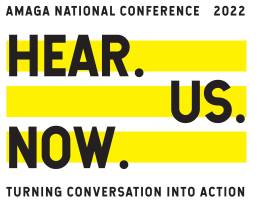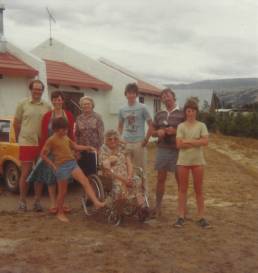I only ever knew my grandmother as being deaf and in a wheelchair.
My father is, what we call in the family, a ‘bit stuffed’. He, like his mother before him, is now largely confined to a wheelchair with hearing and sight issues. At the other end of the age spectrum, I have several young family members with autism and learning challenges.
The interesting thing is, this is not that uncommon.
Listening to Zehra Ahmed of the Australian Museum at the recent Australian Museum and Gallery Association Conference 2022 (#AMAGA2022), I was reminded that a significant proportion of the Australian population has a disability. Closer to home, in New Zealand we have approximately 1.1M people with disabilities. That’s 20% of the country. Perhaps that’s why the New Zealand Government has just announced the formation of a new Ministry for Disabled People.

AMaGA2022
Enabling equitable opportunity at all levels of design
As a visitor experience design company, ensuring our designs take accessibility into account by providing equity of experience is par for the course, but can be challenging.
Of course, there are rules and regulations to guide us, such as national building standards. However, I often turn to the GLAM (galleries, libraries, archives, and museums) sector for the best guidance, such as the Smithsonian Guidelines for Accessible Design, or from a strategic level, the work of the aforementioned Australian Museum.
It should also be said that not all accessibility challenges can be resolved through physical or digital design. Good public programming that caters for the diversity of your visitors should be part and parcel of your experience design toolkit. For instance, we are seeing more and more ‘low-sensory’ sessions being introduced as part of experience offerings at museums and galleries.
We also must provide the opportunity of co-design during the design development. I was heartened by a private client in Western Australia that we have worked with over a number of years, who has included an accessibility advisor in their consultancy team to peer review and provide improvements to our designs.

The Tompkins family
As I’m writing this, I keep thinking back to when I used to volunteer for the local branch of the NZ Disabled Skiers Association. The one thing it taught me was not to think of the disability and what people couldn’t do. Instead, the goal was to find out what they could do and design their experience around that.
A good lesson to remember.
-Brett